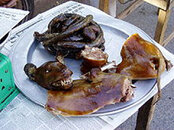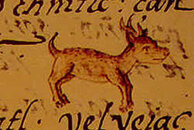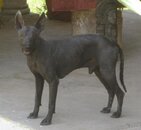I enthusiastically second that. The coconut lionfish at La Perlita is some of the best seafood I have ever eaten anywhere, any time.
Just on principle, I have to tell you for once I totally agree with you!
Welcome to ScubaBoard, the world's largest scuba diving community. Registration is not required to read the forums, but we encourage you to join. Joining has its benefits and enables you to participate in the discussions.
Benefits of registering include
I enthusiastically second that. The coconut lionfish at La Perlita is some of the best seafood I have ever eaten anywhere, any time.
Or are protected in parks.You can eat lions in Africa too....evidently just not the ones that bring in tourist dollars. #zebralivesmatter
Or are protected in parks.
He was when he was lured out for ambush.Wasn't in the park.
They have always eaten their own, even in their native waters.just heard that they are finding small lionfish in the stomachs of bigger lionfish in the carrib. So, maybe the lionfish pop has stabilized cuz they ran out of the little reef fish they have been dining on for the last 15 yrs....
He was when he was lured out for ambush.Wasn't in the park.
You mean dog tastes like grouper?




